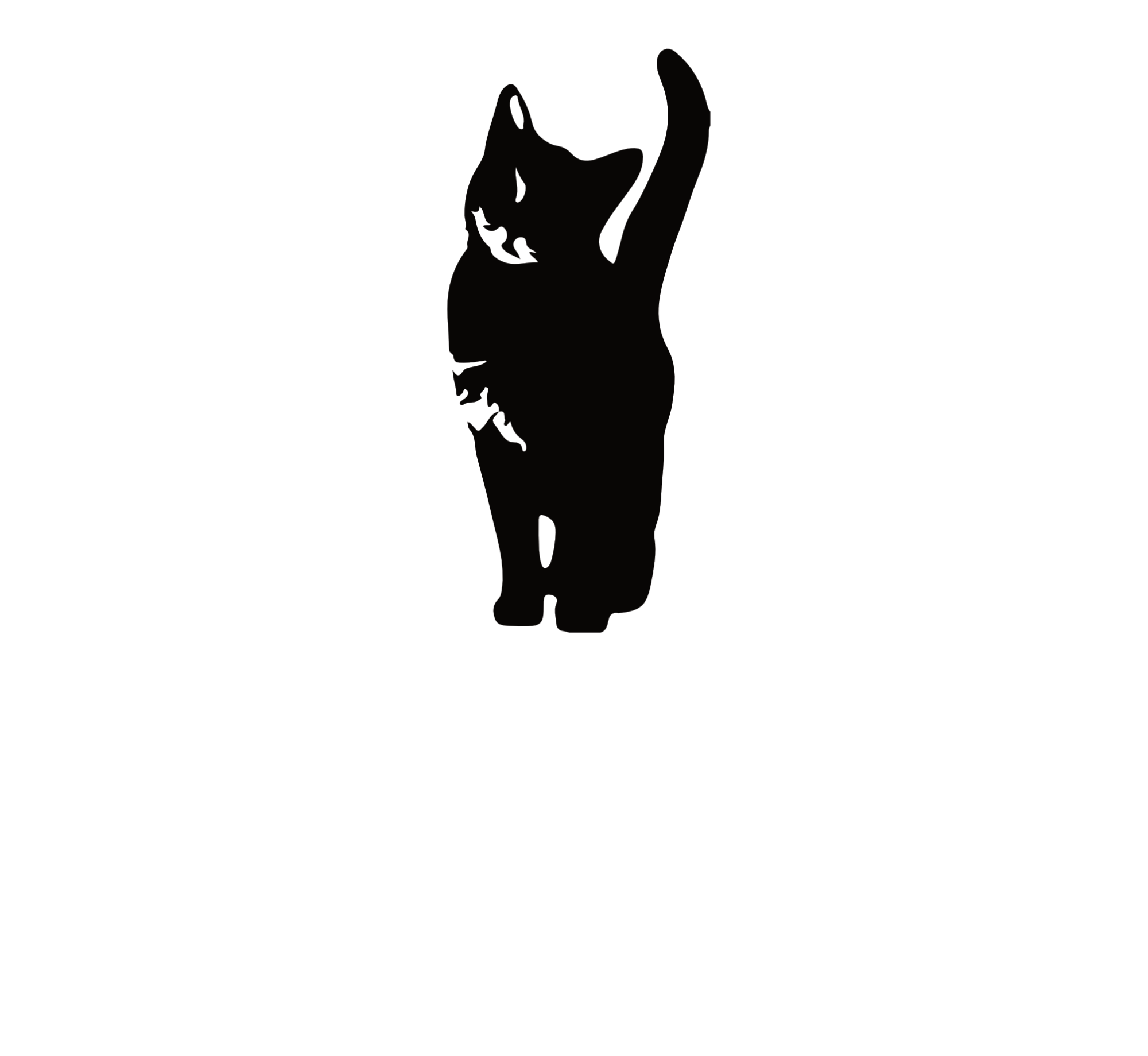“In the Beginning God created the heavens and the earth. … And God said, ‘Let there be light,’ and there was light. God saw that the light was good, and he separated the light from the darkness”
I have always been fascinated by origin stories. An old friend of mine once bought me a book detailing creation stories across many different religions and many different cultures. Whether in the cold Nordic tundra, the steppes of central Asia, or the vast primitive plains of the Serengeti, the human story of creation is essentially the same. It goes like this: in the beginning there was chaos and that chaos was put in order by some benevolent/indifferent being/s and that order was a good thing that allowed life to move forward.
There is something to be learned here in the organizing of any effort, and in particular, the organization of the initial steps of a Customer Experience initiative. A recent MaritzCX study concluded that approximately 44% of organizations today have no formalized CX program. Sure, many of these companies are small businesses, but a good many of them are not.
In particular, B2B industries that are being transformed by customer direct competitors are waking up to the need to not only be good designers, manufacturers, logicians, and distributors, but also be focused on the needs of both their intermediate and ultimate customers. These are very large Global 100 and 500 companies who need to turn their immense ships rather quickly to a customer centric orientation or they will find themselves obsolete at the hands of agile, disruptive, and customer focused nascent competitors.
Many of these organizations are now coming to this realization on their own and the first and most vexing question is; “Where do we start?”
The first step in any endeavor is to get your best guess of the right people together and try to form some kind of order from the chaos.
This order creation is known as Governance. Lest you suddenly become nauseous due to the unsavory affiliations of the term, fret not…in this context is it useful, productive and a necessary pre-requisite to get things in motion. It need not be overly slow, bureaucratic, or pedantic. When done right, it is relatively quick, focused, and galvanizes alignment with a bias toward action.
The first step on the CX journey must begin with at least provisional governance. This a non-permanent cross functional, cross-geographical, and cross hierarchical level team that should try and tackle the following goals in some prescribed and relatively short period of time (30-100 days):
- Established CX goals and objectives
- Ensure an aligned and clear understanding of CX initiatives
- Define who should be involved (spoiler alert: most of the org)
- Make sure those initiatives are coordinated and harmonized
- Develop and deploy a methodology to prioritize and implement those initiatives
- Create and implement an ongoing approach to communicate within and outside of the organization about those initiatives
Once provisional governance structure is created some the key questions they should answer for founding a more permanent enduring structure include the following to get started.
- Objectives– What are the key objectives and tasks the CX governance committee is attempting to address for the organization? What is in scope and what is out of scope?
- Outcomes and Success Metrics – What should the outcome be of the provisional governance committee? How will we know if we are successful? What metrics will be used to ensure success?
- Participant Representation –functional, geographical, and hierarchical levels should be considered I n the initial governance committee? Ideally, the committee is 6-14 in size to optimize diversity but also ensure speed.
- Roles and Cadence – What role will different members play on the committee? How often will they meet? How will they keep organized? What tools will be used?
- Structure – What supporting organizational structures will be needed to ensure success? For example, an executive committee, brand ambassadors, action teams. How will they be recruited? How will they be held accountable?
- Communication Approach – How will the steering committee communicate progress? How often and by what means and to whom?
- Initial Miles Stones – What is the 100-day plan for action? What are the short tem goals that are needed to be accomplished? What are the inhibitors need to be overcome and how
- Potential Investment – What investments in time, resources, and materials are required initially to achieve those milestones? How shall those resources be requisitioned? What permissions are required and by whom?
Answers to these questions are the basis of your Customer Experience Charter, which yes is a document, but the rolling parchment variation is optional. The CX charter is a useful tool to help the organization become aligned on what it is they are trying to do and how to determine if what they are doing is having the intended impact. Like any good charter, it is as much as what is in scope as what is not in scope. Finally, it is a useful tool to help communicate up and down the organization to help garner buy in and coordinate actions moving forward.
Once the charter is approved by senior management (usually the CEO and/or President) then a more permanent variant of governance can be instituted. This permanent governance is still composed of a cross section of the company, but is typically not the full time job of anyone. It is, however, a commitment and lasting institution of the organization to cross functionally get CX related initiatives done.
Without governance your CX will spin in unorganized chaos. Without form. Without purpose. Your CX program will have an existential crisis and fail…or minimally you will be faced with ongoing exorbitant therapy bills.
I hope these tips on how to get started will help you out. Would love to hear how others have organized or if there are other unanswered questions that need to be answered in kicking off a CX initiative.



